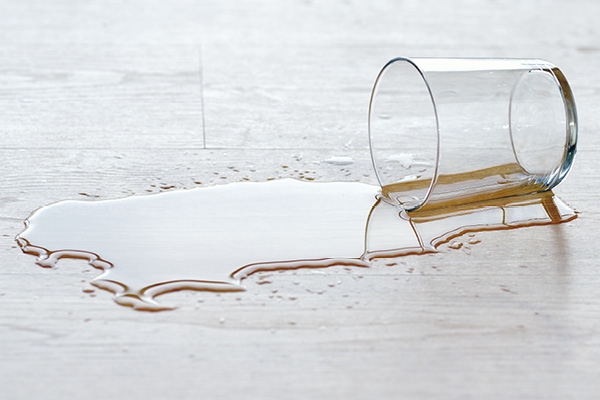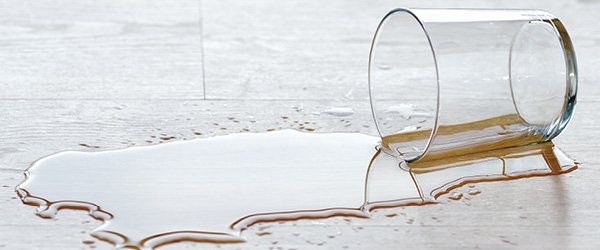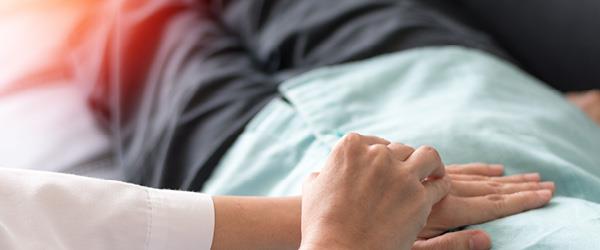After Surgery
When you wake up, your small skin incisions will be covered with skin glue, which usually falls off after 1to2 weeks. You will also have a Foley catheter in your bladder. In general, the catheter stays in place for 1 week following surgery, and we will instruct you how to maintain it. In addition to the catheter, a small tube known as a Jackson-Pratt (JP) drain is left in the pelvis at the end of the surgery. Used to drain the remaining fluid in the pelvis, this tube exits through a small incision in the lower abdomen. The JP drain is almost always removed the day after surgery before the patient leaves the hospital to go home.
There are several important things you can do to help speed up your recovery including walking early and often after surgery, controlling your pain and learning to manage your catheter so you can be comfortable before discharge.
Leaving the Operating Room
When you leave the Operating Room, there will be squeezers around your legs that inflate with air to keep blood flowing in your legs and discourage blood clot formation when you are lying in bed. These squeezers will be removed when you start walking, and patients are encouraged to get out of bed the night of surgery. The day after surgery, you will be expected to walk around the floor with the help of your nurse. Early ambulation is one of the most important factors for a speedy recovery. In addition, we will give you a blood thinner the night of surgery to prevent any blood clots from forming in your legs.
After Surgery Instructions and Checklists
Pain Management
After surgery, there are usually a few different types of pain – bloating pain, incisional pain, and pain with movement. It is important to take early action to control your pain as soon as it starts because it is more difficult to relieve pain once it has become severe. Bloating pain is actually best treated with early and often ambulation, as it is usually related to return of bowel function. Incisional pain and pain with movement is best treated with pain medications. Take your pain medication before you participate in any activity that may increase your level of discomfort.
Most patients will be placed on a regimen of Toradol IV and Tylenol IV after surgery. These medications are very effective in controlling pain without many of the side effects of narcotics such as morphine. In addition to these, patients can ask for narcotic pills as needed. The goal is to have your pain adequately controlled so that you can ambulate and take deep breaths comfortably.
Diet
You will be started on a clear liquid diet after surgery to ensure you do not have any nausea and vomiting from the anesthetic. You will then be advanced to a regular diet the day after surgery as you prepare for possible discharge.

.png)



